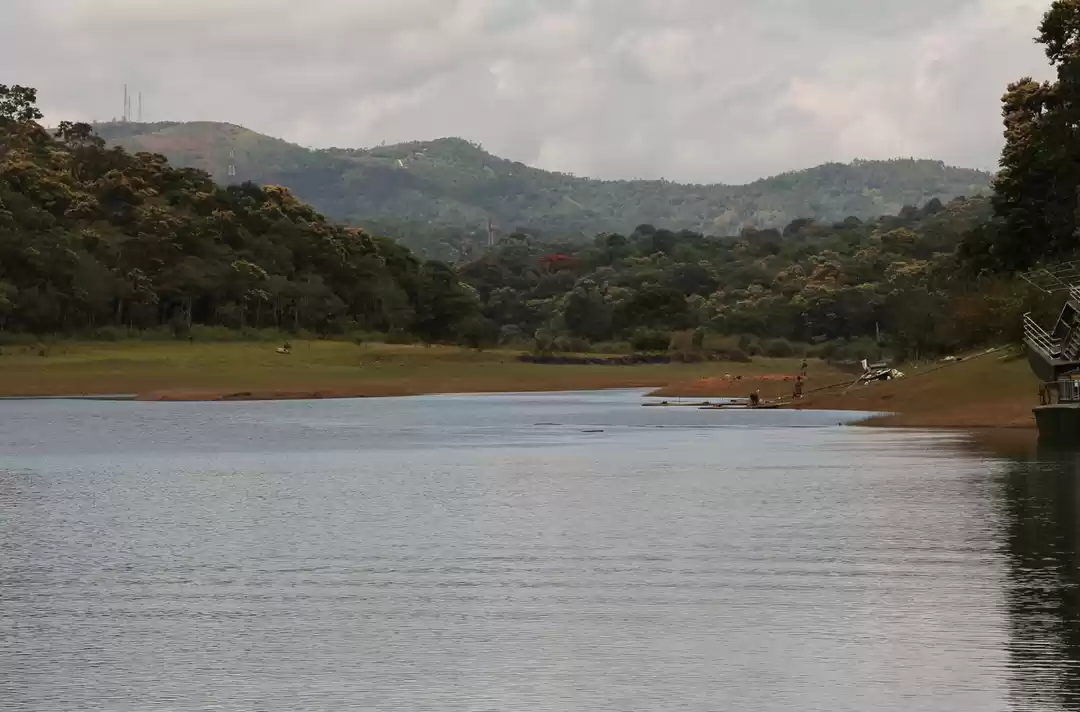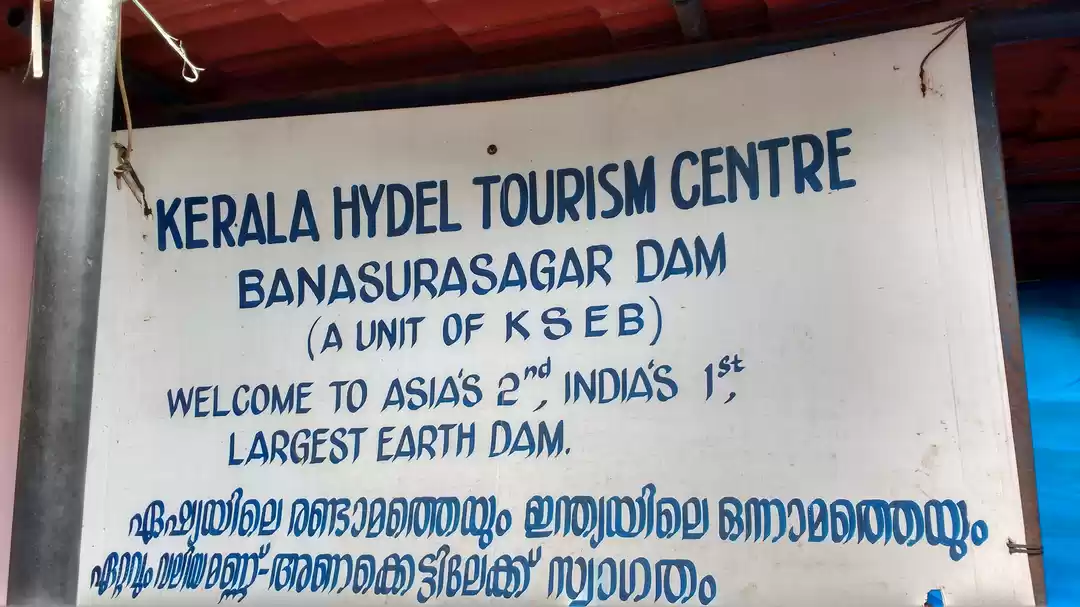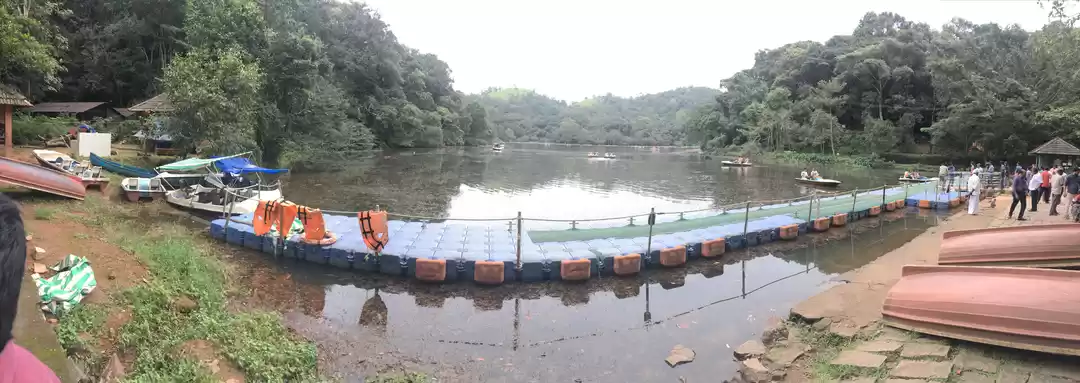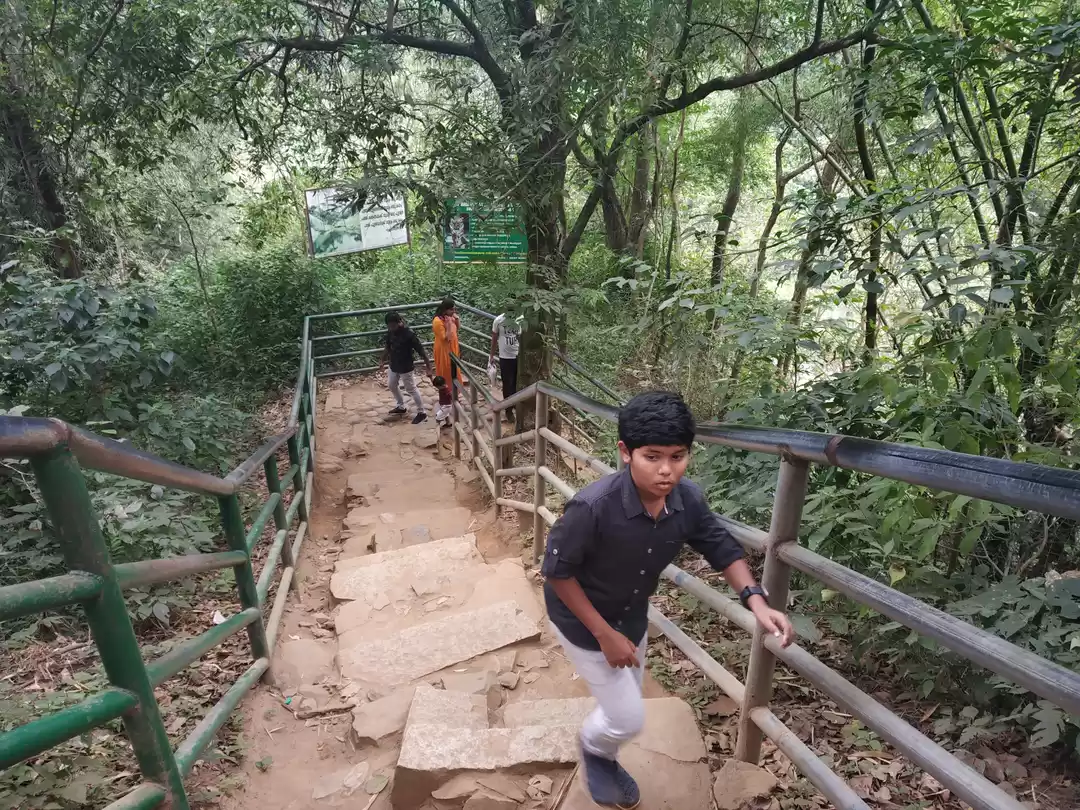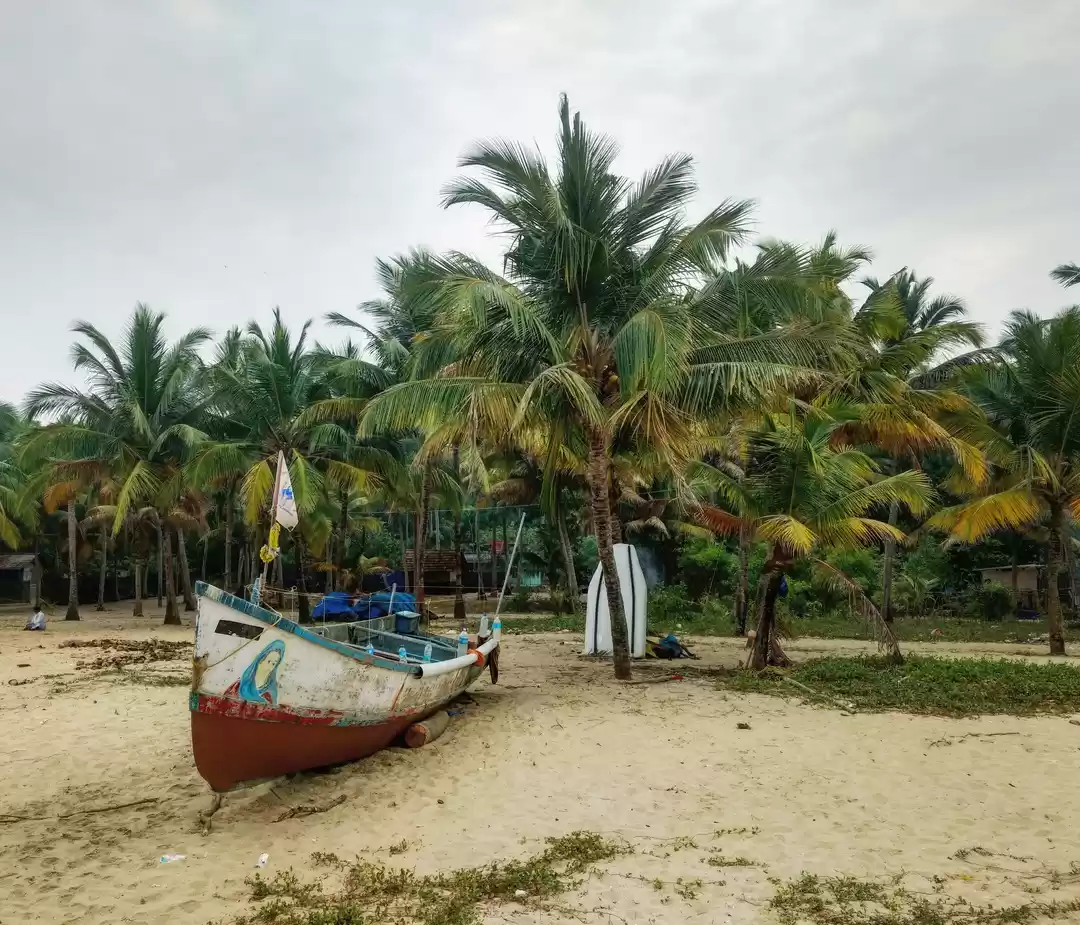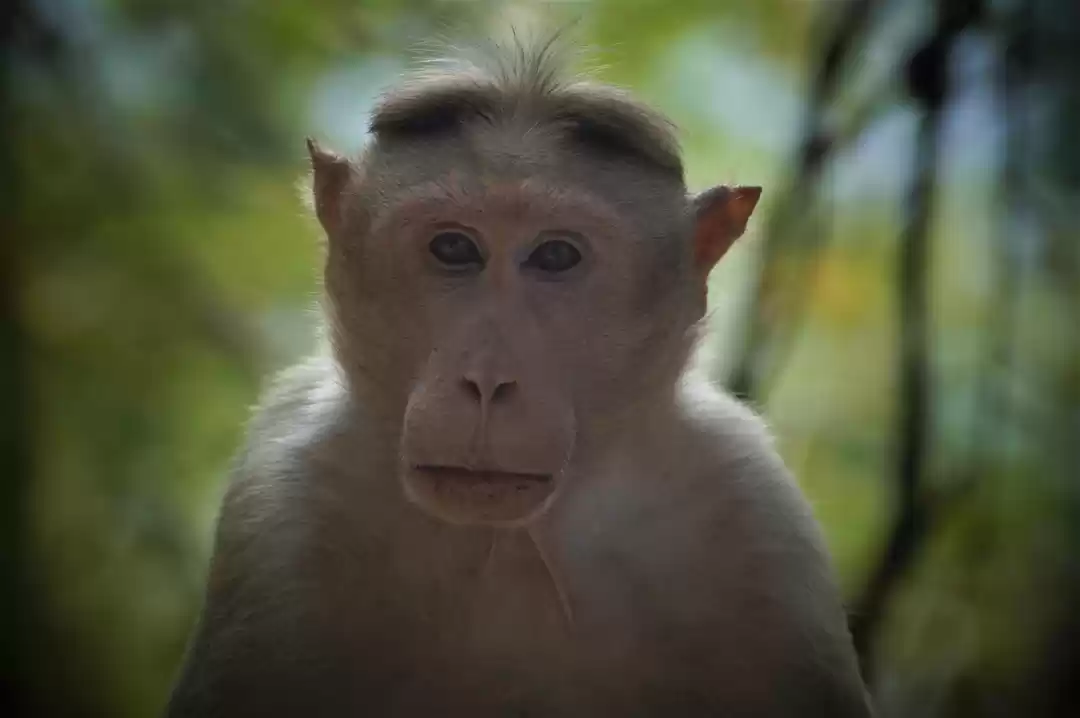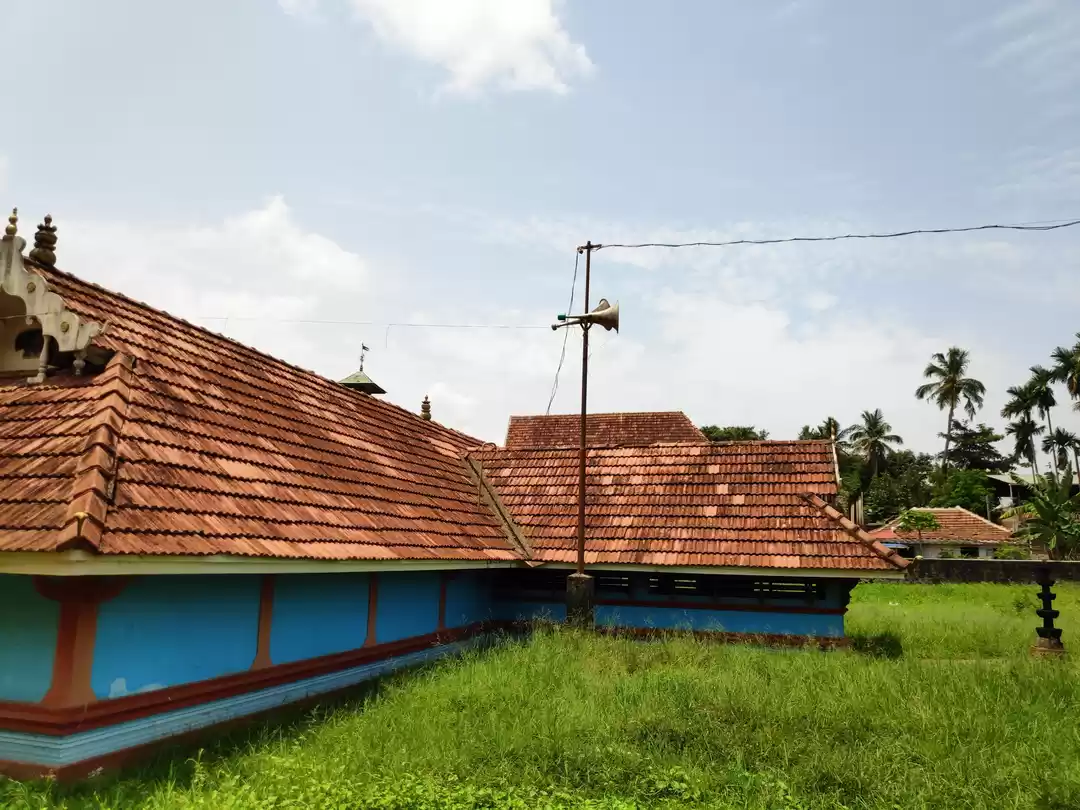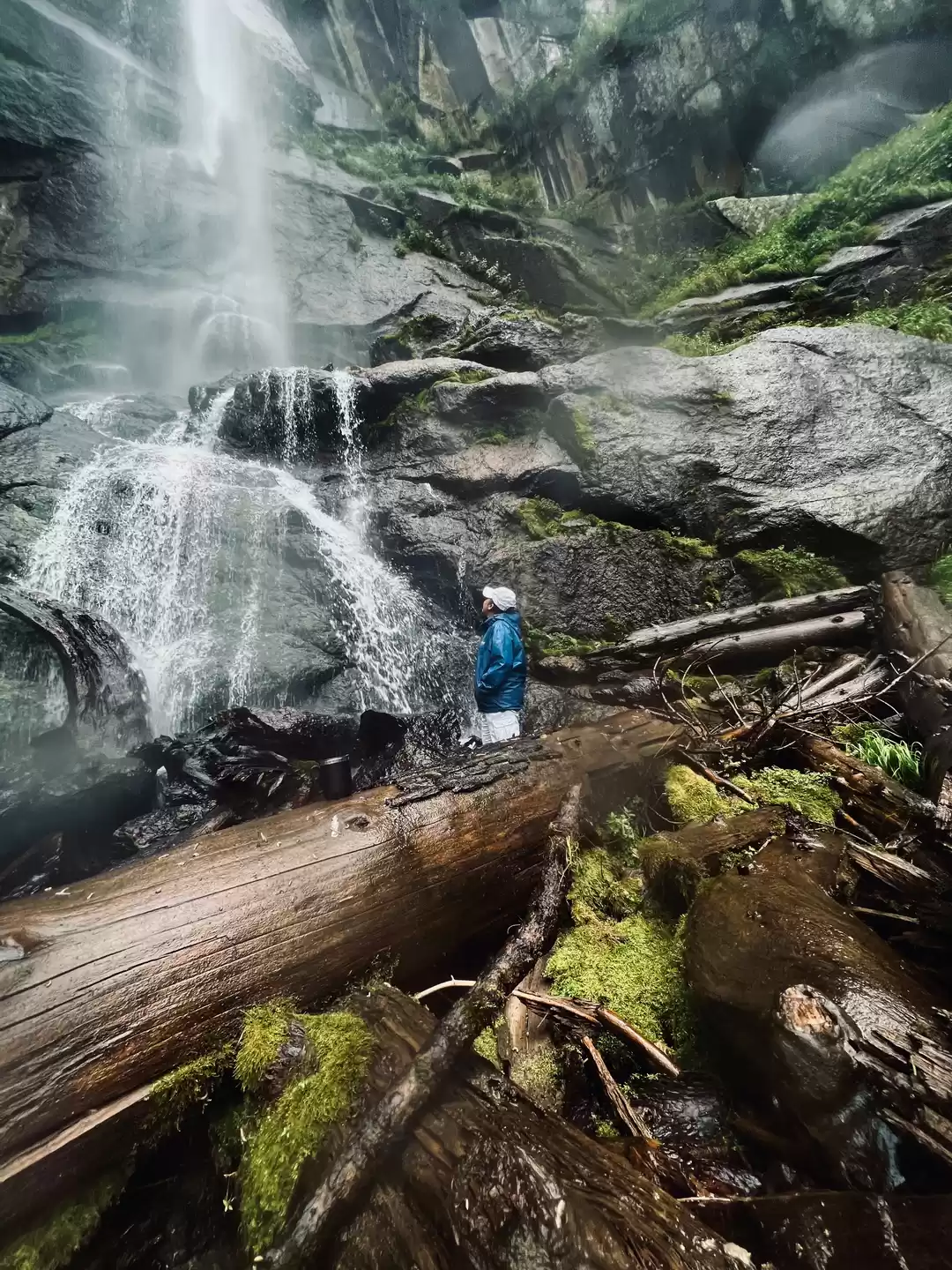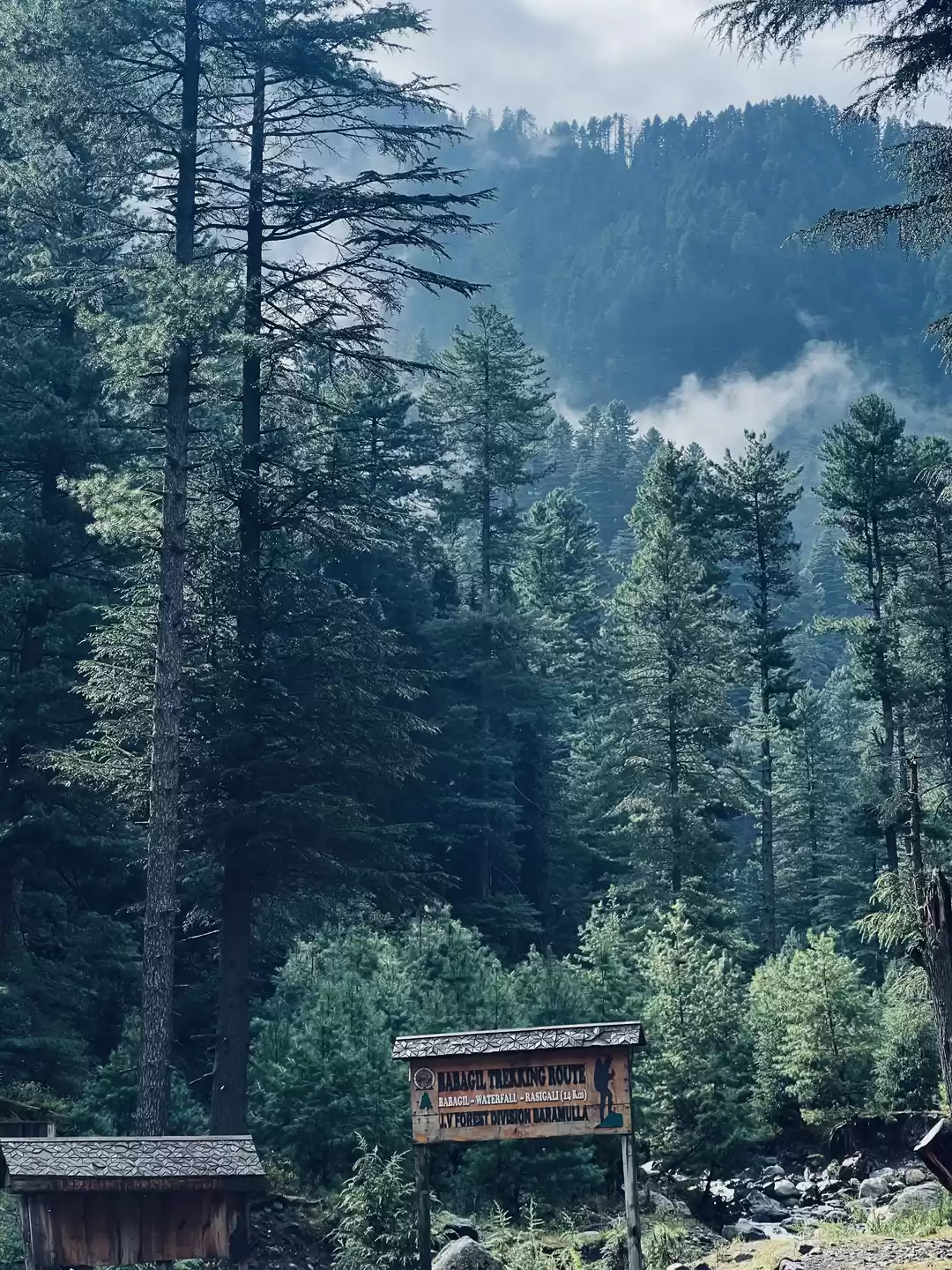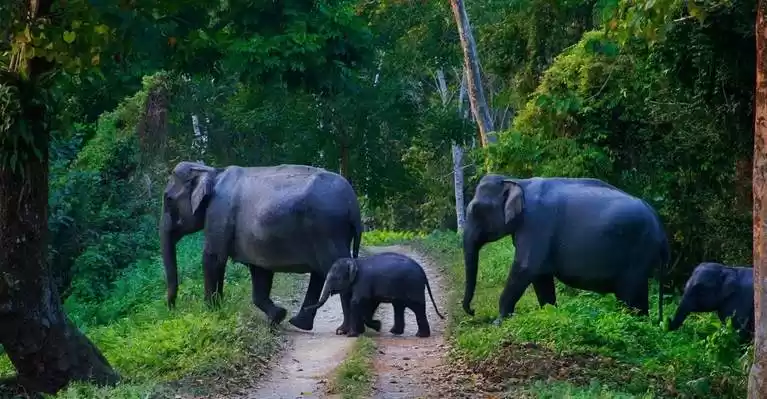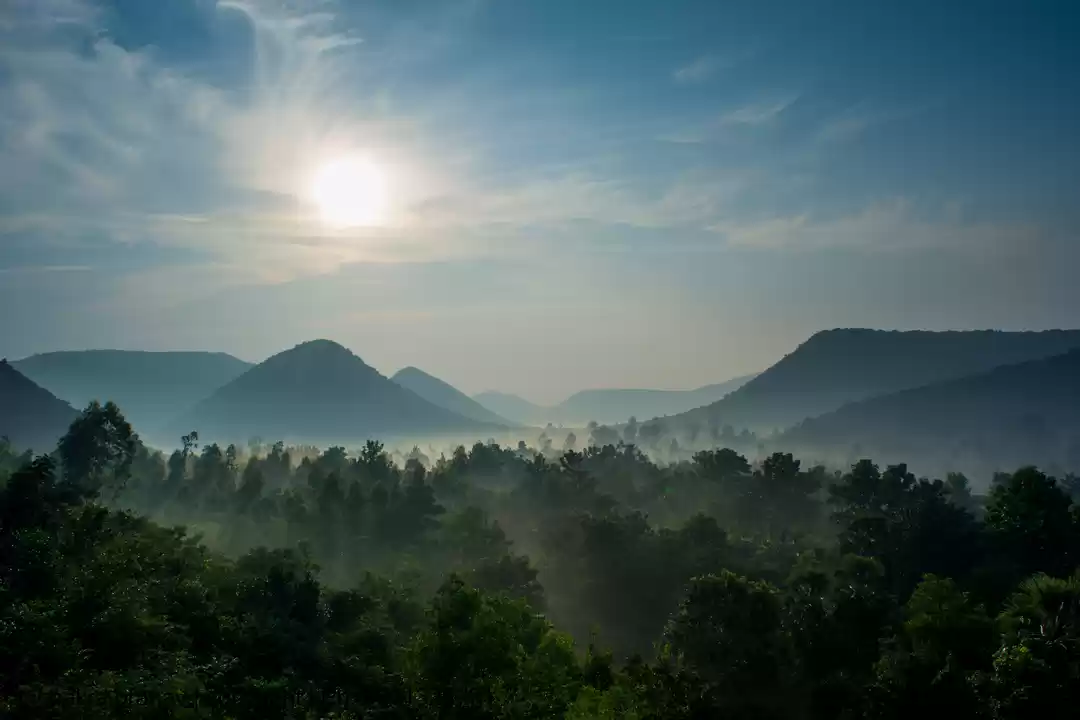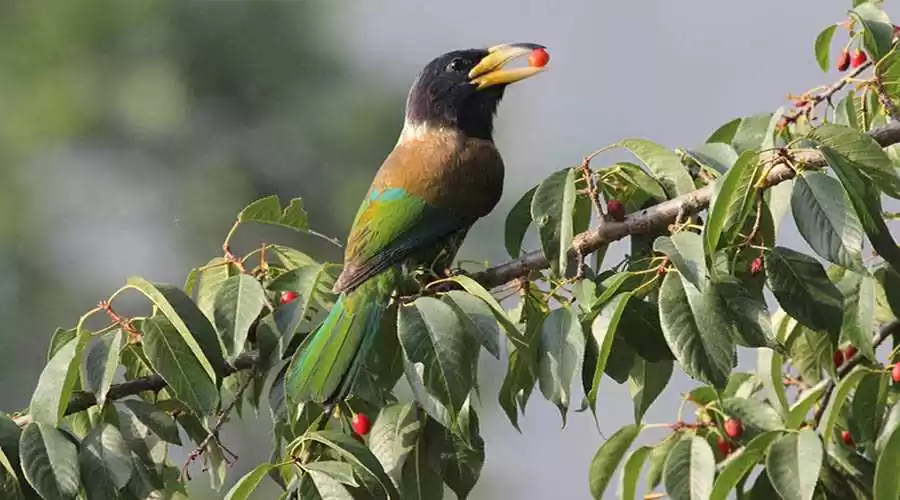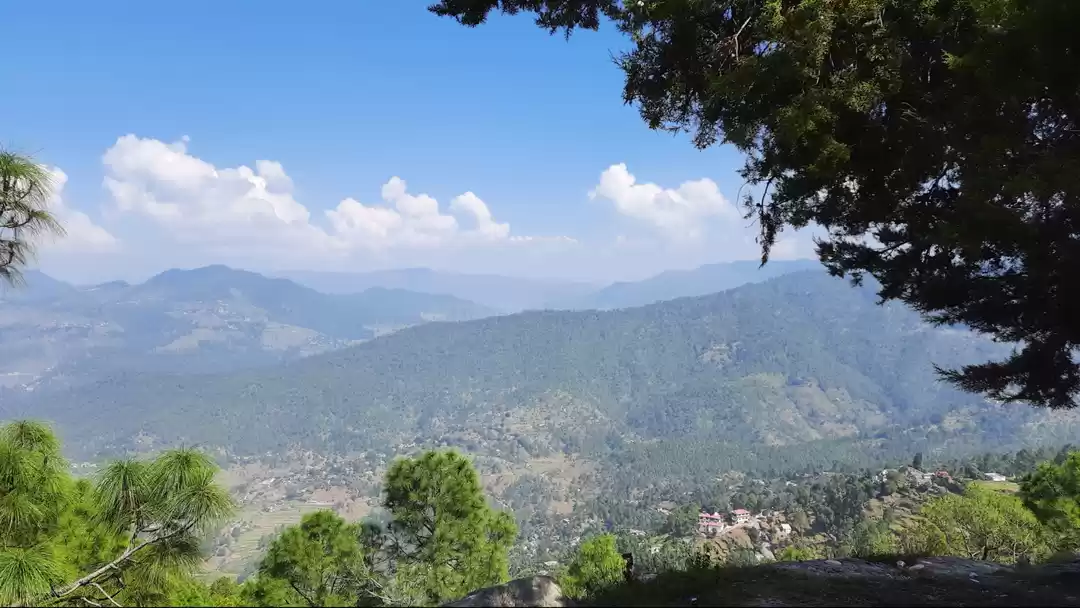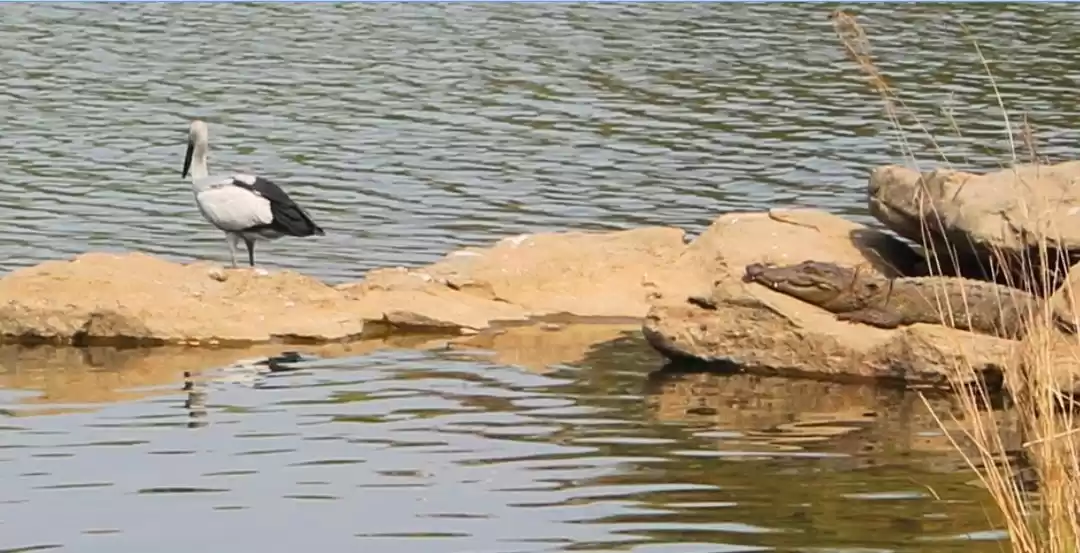Are you looking for a unique and unforgettable experience in Munnar, Kerala? Do you want to explore the rich and diverse wildlife of one of the most biodiverse regions in the world? Do you want to enjoy the thrill and excitement of trekking, camping, and safari in the wilderness? If yes, then you should not miss the Chinnar Wildlife Sanctuary, a hidden gem of Munnar that offers a plethora of attractions and activities for nature and adventure lovers.
Chinnar Wildlife Sanctuary is a protected area in the Idukki district of Kerala, India. It covers an area of 90.44 sq km and is part of the Western Ghats, a UNESCO World Heritage Site. It is home to more than 1000 species of plants and animals, including some rare and endangered ones. It is also a popular destination for trekking, camping, safari, and other activities that let you experience the beauty and thrill of nature.
In this article, we will guide you through everything you need to know about the Chinnar Wildlife Sanctuary, such as its flora and fauna, its trekking and camping options, its treehouses and lodges, its safari and other activities, its best time to visit and weather, and its how to reach and travel tips. We will also provide you with some insights and recommendations that will help you plan your trip and make the most of your visit.
Flora and Fauna
One of the main attractions of the Chinnar Wildlife Sanctuary is its flora and fauna. The sanctuary boasts of a diverse and unique wildlife that includes 34 species of mammals, 245 species of birds, 52 species of reptiles, 29 species of amphibians, and 156 species of butterflies. Some of the rare and endangered species that you can spot in the sanctuary are the grizzled giant squirrel, the star tortoise, the white bison, the Nilgiri tahr, and the mugger crocodile.

The sanctuary also has a rich and varied flora that includes 965 species of flowering plants, 39 species of orchids, and 11 species of grasses. The vegetation of the sanctuary ranges from dry deciduous forests to thorny scrub forests to riparian forests to grasslands. The sanctuary is also known for its medicinal plants, such as the neem, the amla, and the arjuna.
The best way to enjoy the flora and fauna of the sanctuary is to take a guided nature walk or a bird watching tour. You can also visit the interpretation centre and the nature museum to learn more about the wildlife and the conservation efforts of the sanctuary.
Trekking and Camping
Another major attraction of the Chinnar Wildlife Sanctuary is its trekking and camping options. The sanctuary offers a variety of treks that suit different levels of fitness and interest. You can choose from the river trek, the cultural trek, the wildlife trek, and the heritage trek. Each trek has a different duration, difficulty, and route. The river trek is the easiest and the shortest, lasting for 3 hours and covering a distance of 6 km. The cultural trek is the most interesting and the longest, lasting for 8 hours and covering a distance of 18 km.
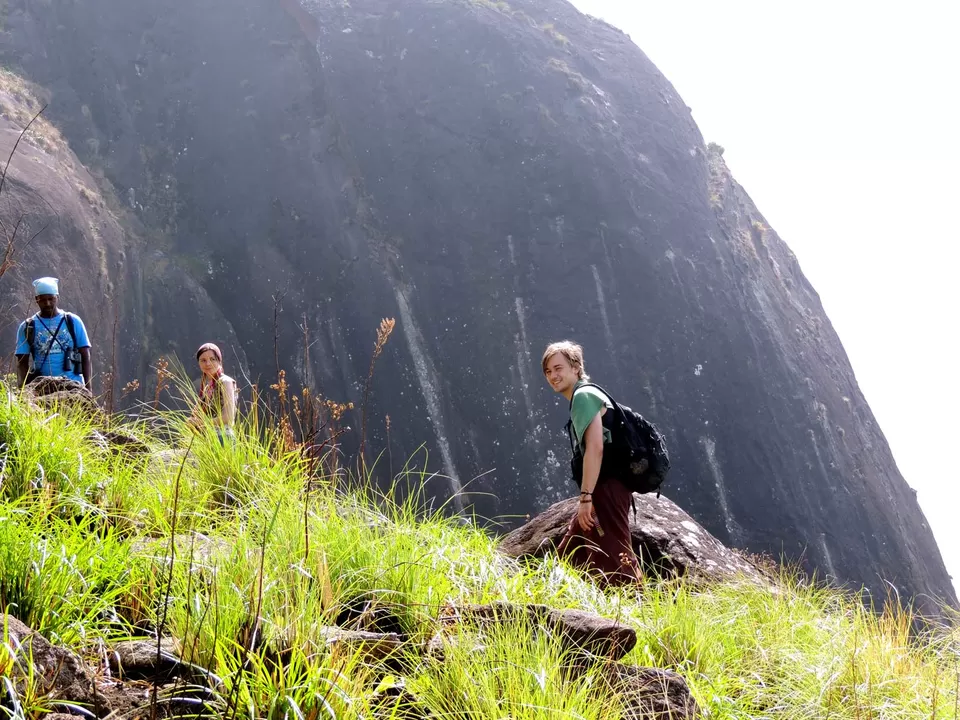
The treks are led by trained and experienced guides who will show you the sights and sounds of the sanctuary. You will get to see the rivers, the waterfalls, the caves, the rock art, the tribal settlements, and the wildlife of the sanctuary. You will also get to interact with the local communities and learn about their culture and traditions.
The sanctuary also offers camping facilities for those who want to spend a night in the wilderness. You can choose from the Vasyappara camp, the Jellimala camp, and the Koottar camp. Each camp has a different capacity, location, and view. The Vasyappara camp is the largest and the most scenic, accommodating up to 20 people and overlooking the Chinnar river. The Jellimala camp is the smallest and the most secluded, accommodating up to 5 people and nestled in the forest. The Koottar camp is the most adventurous and the most wildlife-friendly, accommodating up to 10 people and surrounded by animals.
The camps are equipped with basic amenities such as tents, sleeping bags, mats, pillows, blankets, and toilets. You will also be provided with food, water, and firewood. You will have to follow some rules and regulations while camping, such as not littering, not making noise, not using flashlights, and not feeding or disturbing the animals.
Treehouses and Lodges
If you are looking for a more comfortable and luxurious stay in the sanctuary, you can opt for the treehouses and lodges. The sanctuary has three treehouses and three lodges that offer a cozy and cozy accommodation in the midst of nature. You can choose from the Chinnar treehouse, the Karimutty treehouse, and the Pambar treehouse. Each treehouse has a different capacity, design, and view. The Chinnar treehouse is the most spacious and the most modern, accommodating up to 4 people and featuring a balcony, a bathroom, and a solar panel. The Karimutty treehouse is the most rustic and the most authentic, accommodating up to 2 people and featuring a bamboo hut, a bucket bath, and a kerosene lamp. The Pambar treehouse is the most romantic and the most panoramic, accommodating up to 2 people and featuring a wooden cabin, a shower, and a glass window.
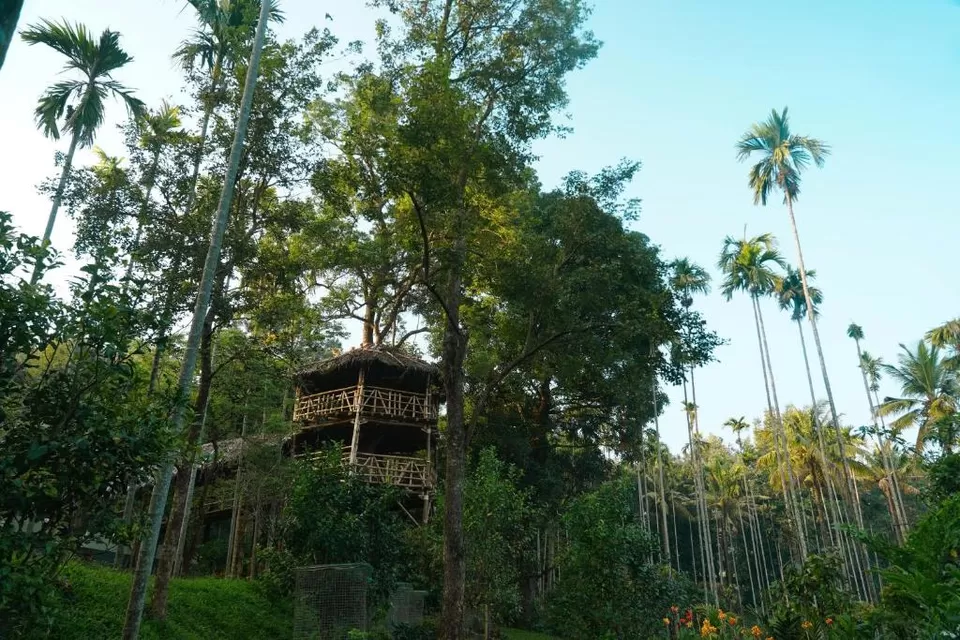
The treehouses are located at different altitudes and distances from the sanctuary entrance. You will have to trek for some time to reach them. You will also have to follow some rules and regulations while staying in them, such as not smoking, not drinking, not cooking, and not playing music.
You can also choose from the Chinnar watchtower, the Alampetty watchtower, and the Churulipetty watchtower. Each watchtower has a different capacity, location, and view. The Chinnar watchtower is the most popular and the most accessible, accommodating up to 10 people and located near the sanctuary entrance. The Alampetty watchtower is the most secluded and the most wildlife-rich, accommodating up to 5 people and located deep in the forest. The Churulipetty watchtower is the most scenic and the most bird-friendly, accommodating up to 5 people and located near the river.
The watchtowers are equipped with basic amenities such as beds, mattresses, pillows, blankets, and toilets. You will also be provided with food, water, and firewood. You will have to follow some rules and regulations while staying in them, such as not littering, not making noise, not using flashlights, and not feeding or disturbing the animals.
Safari and Other Activities
If you want to add some more fun and excitement to your visit, you can try the safari and other activities in the sanctuary. The sanctuary offers a range of safari and other activities that let you explore the sanctuary in different ways. You can choose from the jeep safari, the elephant safari, and the night safari. Each safari has a different duration, timing, and route. The jeep safari is the most common and the most convenient, lasting for 2 hours and operating from 7 am to 4 pm. The elephant safari is the most exotic and the most eco-friendly, lasting for 1 hour and operating from 10 am to 12 pm. The night safari is the most thrilling and the most adventurous, lasting for 3 hours and operating from 8 pm to 11 pm.

The safaris are conducted by trained and experienced drivers and guides who will take you to the best spots and zones of the sanctuary. You will get to see the landscapes, the vegetation, the wildlife, and the tribal villages of the sanctuary. You will also get to learn about the history, the ecology, and the conservation of the sanctuary.
The sanctuary also offers other activities such as river bathing, bird watching, and tribal visit. You can enjoy these activities at your own pace and convenience. You can take a dip in the Chinnar river, which is clean and refreshing. You can watch the colorful and melodious birds, such as the Malabar grey hornbill, the blue-faced malkoha, and the white-bellied treepie. You can visit the tribal villages, such as the Cholanaikkan, the Muthuva, and the Urali, and learn about their lifestyle and culture.
Best Time to Visit and Weather
The best time to visit the Chinnar Wildlife Sanctuary is from October to March, when the weather is pleasant and the wildlife is active. The sanctuary experiences a tropical climate, with three seasons: summer, monsoon, and winter. The summer season lasts from April to May, when the temperature ranges from 25°C to 37°C and the humidity is high.
The monsoon season lasts from June to September, when the temperature ranges from 23°C to 32°C and the rainfall is heavy. The winter season lasts from October to March, when the temperature ranges from 15°C to 28°C and the weather is dry.
The sanctuary is open throughout the year, but some activities and facilities may be affected by the weather conditions. The trekking and camping options may be limited or closed during the monsoon season, due to the risk of landslides and floods. The safari and other activities may be restricted or cancelled during the summer season, due to the heat and the fire. The treehouses and lodges may be booked or unavailable during the winter season, due to the high demand and the low supply.
How to Reach and Travel Tips
The Chinnar Wildlife Sanctuary is well-connected by road, rail, and air. You can reach the sanctuary by any of these modes of transportation, depending on your preference and budget. Here are some of the ways to reach the sanctuary:

By road:
The sanctuary is located about 60 km from Munnar, 110 km from Coimbatore, and 180 km from Kochi. You can take a bus, a taxi, or a self-drive car to reach the sanctuary from these cities. The nearest bus station is at Marayoor, which is about 18 km from the sanctuary. The nearest taxi stand is at Alampetty, which is about 3 km from the sanctuary. The road to the sanctuary is scenic and smooth, but it may be narrow and winding in some places. You will have to pay an entry fee of Rs. 10 per person and Rs. 150 per vehicle at the sanctuary gate.
By rail:
The nearest railway station is at Udumalpet, which is about 60 km from the sanctuary. You can take a train to Udumalpet from major cities like Chennai, Bangalore, and Coimbatore. From Udumalpet, you can take a bus or a taxi to reach the sanctuary. The train journey is comfortable and economical, but it may take longer than the road journey. You will have to book your tickets in advance, especially during the peak season.
By air:
The nearest airport is at Coimbatore, which is about 110 km from the sanctuary. You can take a flight to Coimbatore from major cities like Delhi, Mumbai, and Hyderabad. From Coimbatore, you can take a bus or a taxi to reach the sanctuary. The flight journey is fast and convenient, but it may be expensive and subject to availability. You will have to check the flight schedules and fares before booking your tickets.
Some of the travel tips that you should keep in mind while visiting the sanctuary are:
1. Plan your trip in advance and book your accommodation and activities in advance, as they may be limited or sold out during the peak season.
2. Carry your identity proof, such as your passport, your driving license, or your voter ID card, as you may be asked to show it at the entry gate or the accommodation.
3. Carry enough cash, as there may not be any ATM or card facility in or near the sanctuary. You may also need cash to pay for the entry fee, the safari, the guide, and the tips.
4. Carry enough water, snacks, and medicines, as there may not be any shops or restaurants in or near the sanctuary. You may also need water, snacks, and medicines to stay hydrated, energized, and healthy during the trekking, camping, and safari.
5. Carry appropriate clothing, footwear, and accessories, as the weather and the terrain may vary in the sanctuary. You may need warm clothes, jackets, and blankets for the night, as the temperature may drop. You may need comfortable shoes, socks, and hats for the trekking, camping, and safari, as the ground may be rough and uneven. You may need sunglasses, sunscreen, and insect repellent for the day, as the sun may be bright and the insects may be annoying.
6. Respect the wildlife and the environment, as they are the main attractions and the assets of the sanctuary. Do not litter, do not make noise, do not use flashlights, and do not feed or disturb the animals. Follow the instructions and the rules of the sanctuary staff and the guides. Enjoy the nature and the adventure, but do not harm or endanger them.
We hope that this article has given you a comprehensive and informative guide to the Chinnar Wildlife Sanctuary, a hidden gem of Munnar for nature and adventure lovers. We hope that you will visit the sanctuary and experience its beauty and thrill for yourself.
We also hope that you will share your feedback and suggestions with us in the comments section below. Thank you for reading and happy travelling!




















